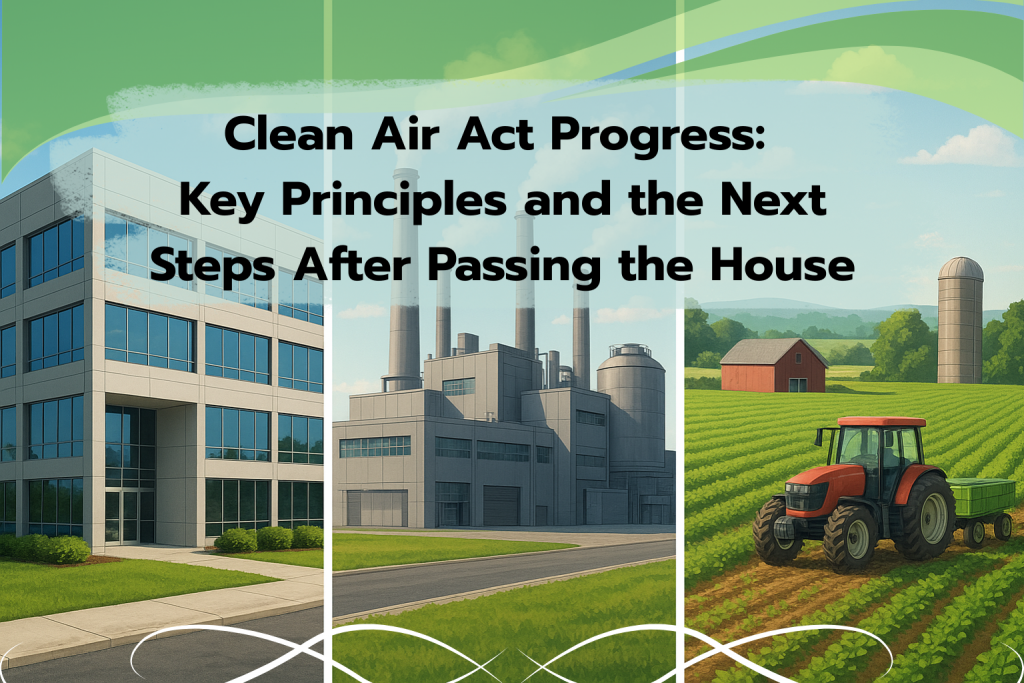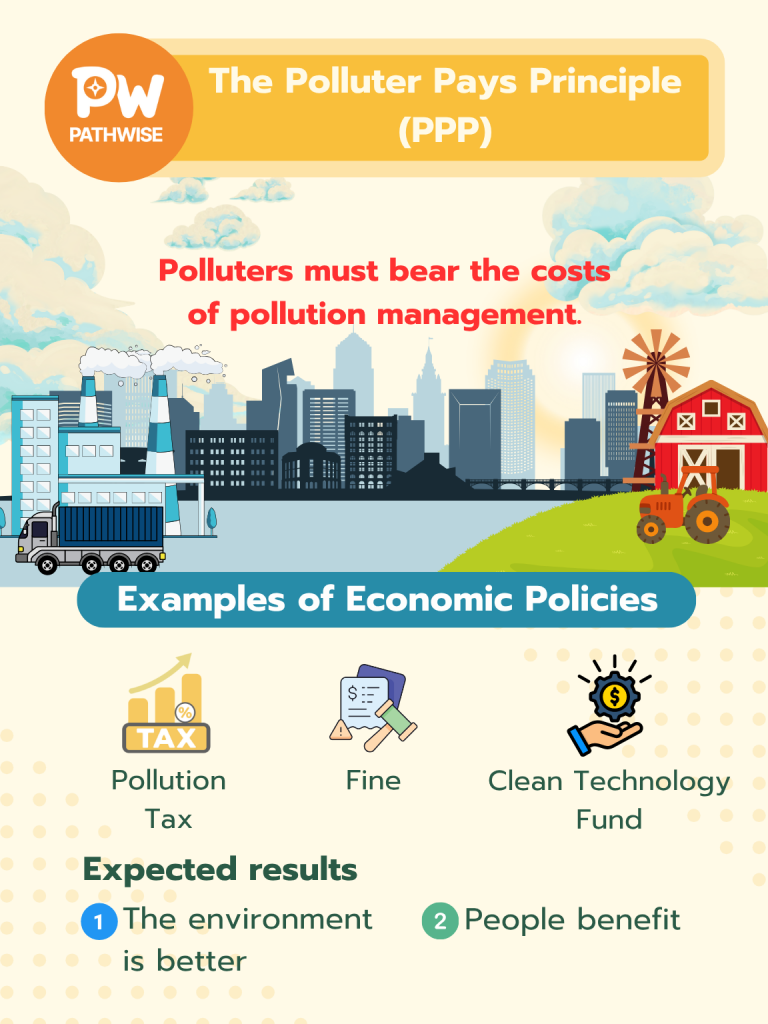
Introduction: A Problem Everyone Can Feel
For years, people in Thailand have repeatedly faced the crisis of toxic PM2.5 dust. Air pollution affects far more than our health, and it also impacts the economy and the overall quality of life.
Most recently, there has been a significant development: on 21 October 2025, the House of Representatives passed the Clean Air Bill in its third reading. This milestone has been widely covered by both local and international media, including The MATTER, Nation Thailand, and the Bangkok Post. It marks an important first step. But what does this law actually entail, and how will it drive meaningful change?
From “The People” to “The Law”
This law did not emerge from a vacuum. Its origins trace back to a civil society draft introduced in 2019, later taken up by political actors and reviewed collaboratively by committees representing diverse sectors. Thai PBS and The Standard have consistently tracked and compared the evolution of various draft versions, culminating in the version passed by the House.
Seven Key Principles of the Clean Air Act
Based on analyses by leading media outlets that compared the various drafts, the law incorporates seven notable principles:
1. Clear Recognition of the “Right to Clean Air”
For one of the first times in Thailand’s legal framework, clean air is defined as a basic right of all citizens, alongside fundamental health protections.
2. The “Polluter Pays Principle”
As summarized by Nation Thailand, those who create pollution will be responsible for the costs of management and remediation. Economic measures, both incentives and penalties will be used to encourage businesses to adopt cleaner practices.
3. Addressing “Transboundary Pollution” with Traceability
Transboundary haze from neighboring countries has long been a major issue. This law introduces supply chain traceability, enabling authorities to identify and take action against companies behind the pollution even if they hide behind subsidiaries.
4. Decentralization of Authority to Local Governments
Local administrative organizations will be empowered to manage air quality issues in their areas. The elected Provincial Administrative Organization (PAO) Chief Executive will chair the provincial Clean Air Committee with authority to declare surveillance zones and issue directives.
5. Public Access to Open Data (Name and Shame)
A centralized, publicly accessible database will be established. Notably, it will publish the names of polluters and pollution-related products, leveraging social pressure to drive behavioral and industry change.
6. Protection for Vulnerable Groups and Health Rights
Vulnerable populations living in areas with chronic pollution will be entitled to necessary medical services, such as low-dose CT scans for lung cancer screening.
7. Defining “Pollution-Affected Areas” for Targeted Measures
Borrowing from the U.S. Clean Air Act, the law designates Attainment (clean air) and Non-attainment (heavily polluted) areas, allowing the government to apply stricter and more appropriate measures according to local conditions.

Challenges Ahead: The Law Is Only as Strong as Its Enforcers
Although the Clean Air Act has passed the House, the journey is not over.
Next Step: Senate Review
As reported by Matichon and the Bangkok Post, the bill now moves to the Senate for further consideration.
The Real Challenge: Enforcement
The effectiveness of any law depends on the will of those tasked with enforcing it. The biggest question now is: Will the government demonstrate the determination needed to enforce this law? Will it take action against major polluters, both domestic and foreign or continue to tread lightly around powerful business interests?
Conclusion
The Clean Air Act, created through cooperation between civil society and the government, offers real hope by providing a clear legal tool to protect the air for us and for future generations.
However, having a law is only the beginning. Effective enforcement and active public oversight are essential to truly reclaim clean air for all.
References
- The MATTER (2025). Review of the Clean Air Bill deliberations.
- Matichon (2025). Progress report on the Clean Air Bill.
- Thai PBS & The Active (2025). Analysis and comparison of Clean Air Bill drafts.
- The Standard (2025). Summary of the key elements of the Clean Air Bill.
- Bangkok Post (2025). House passes watershed Clean Air bill.
- Nation Thailand (2025). Clean Air Bill sails through Parliament, now awaits Senate nod.
- Thai PBS World (2025). Key features of Thailand’s Clean Air bill.
